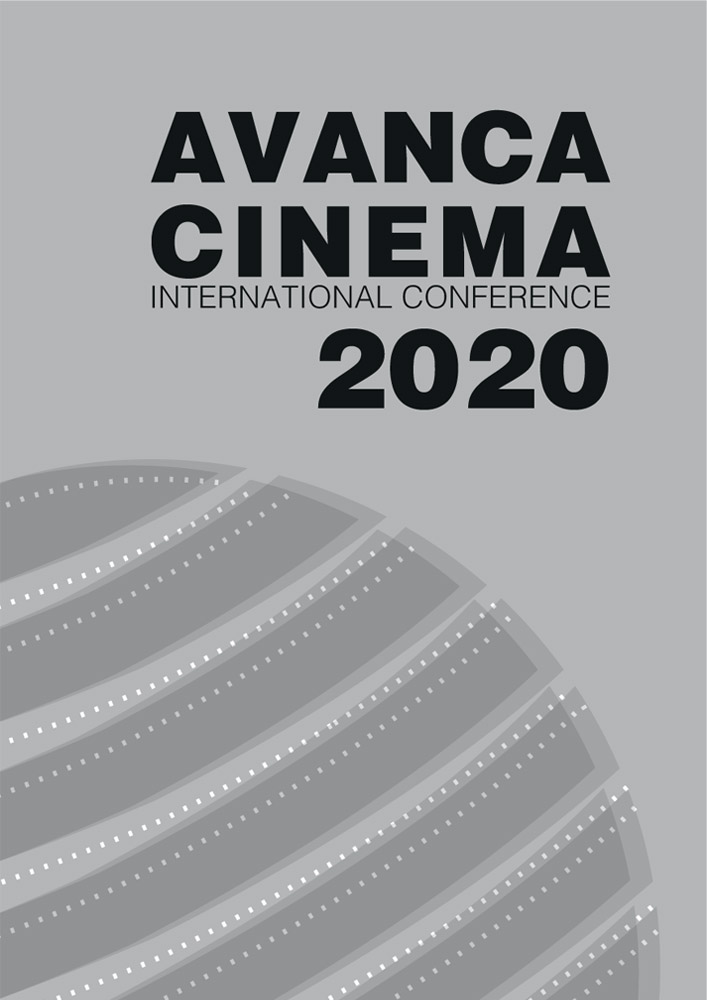Chapitre II _ Cinéma - Cinéma
Trânsitos narrativos que o cinema imersivo em 360 permite ao telespectador em Toy Story 4
Résumé
Toy Story is a revolutionary franchise. But the fact that it was the first fully computer animated feature - almost a quarter of a century ago - is the smallest of its innovations. Its big news was the introduction of adult-oriented themes in the script, creating deeper layers of reading that also pleased parents. As the technological apparatus evolved, improvements in texture, shading and reproduction of the various facial expressions were implemented in the creative process - Woody himself went from 596 animated variations of the 1995 film to 7,198 in Toy Story 4 - allowing for immersion and much better public identification with the proposed universe. Thus, in his new film, we have a story with an absolutely human, engaging layer that closely dialogues with the viewer. Within the new prerogative of contemporary cinema, how can we think of the narrative transits that immersive 360 cinema allows the viewer?

Ce travail est disponible sous la licence Creative Commons Attribution 4.0 International .

